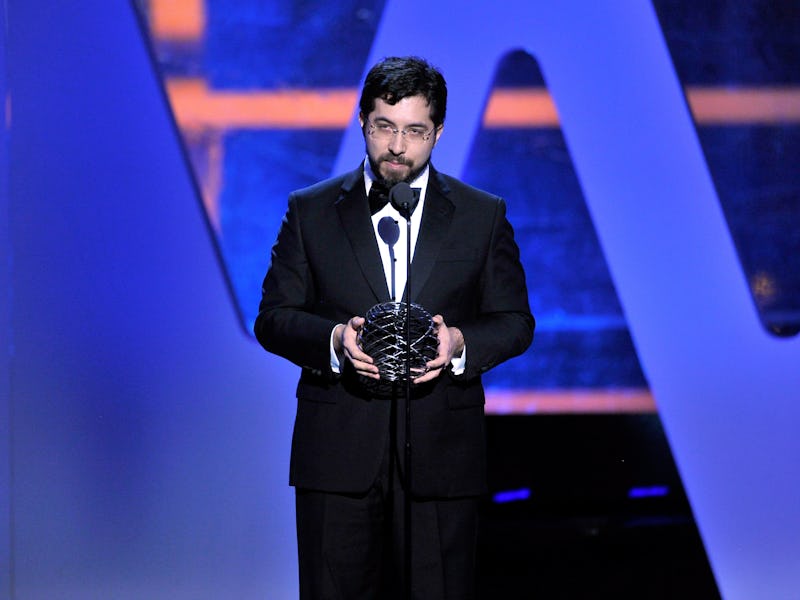Breakthrough Prize Winner Edward S. Boyden on Science Celebs, Our Brains, and $3 Million
MIT's Edward S. Boyden got the rock star treatment for his pioneering work in optogenetics.

Science rarely gets the red carpet treatment, but winners of the Breakthrough Prizes on Sunday proved that researchers could achieve celebrity status, too. Among the winners were Edward S. Boyden, Ph.D., and Karl Deisseroth, Ph.D., who each received an award and $3 million — the largest prize in the field — for their development of a light switch for our brains.
Called optogenetics, the process uses light to activate neurons and the brain pathways associated with them. While Boyden, of the Massachusetts Institute of Technology, is tickled by the idea of scientist-as-celebrity, he says he thinks the prize’s great impact is its recognition of cutting-edge science itself.
The relatively new Breakthrough Prizes are only in their third year, and bring not an insignificant amount of glamour to the ceremony, drawing in luminaries from Hollywood and the tech industry.
Actress Kate Hudson and Founder/CEO of Dropbox Drew Houston speak onstage during the 2016 Breakthrough Prize Ceremony on November 8, 2015 in Mountain View, California.
In an odd but not unwelcome twist, the celebrities present — host Seth MacFarlane and award presenters Russell Crowe, Kate Hudson, and Hilary Swank represented the Hollywood contingent — were there to round out the supporting cast. “It was fun to see science being celebrated,” Boyden tells Inverse. “In particular, to see public figures really treating science with respect and awe.”
That Boyden sees this as a rare event indicates that the gap between science and “everything else,” though slowly closing up, still exists. The work he’s done with Deisseroth, who’s based at Stanford, demands respect. Since the duo developed the technique in 2005, optogenetics has been widely adopted as a tool for shutting neurons in the brain on and off, allowing neuroscientists to figure out which neural circuits trigger behaviors and pathologies.
Actor Martin Starr, Associate Professor, Edward S. Boyden, PhD, posing with the 2016 Breakthrough Prize in Life Sciences, and actor Kumail Nanjiani attend the 2016 Breakthrough Prize Ceremony on Sunday.
“Scientists have delivered light to neurons in order to cause emotions, silence epileptic seizures, halt Parkinsonian symptoms, trigger aggression and violence, and drive sensory experiences,” says Boyden. “In the future, it may be used to enable better control of brain pathological states like epilepsy, or serve as sensory replacement prosthetics for conditions like blindness, even in human patients.”
Though the optogenetic tools Boyden and Deisseroth developed have received widespread praise, they’re being refined constantly. Boyden’s next step is figuring out how to increase precision. Because it’s so crucial to map the structure of the brain so scientists know exactly where to aim their optogenetic lights, he’s had to get creative. “We are developing methods to physically expand brains so that brain circuits can be examined with molecular precision,” he says.
Boyden’s scientific achievements may have turned him into an unwitting celebrity over night, but awareness of his predecessors has kept him humble. “In the field of brain science, the laureates have included those who invented deep brain stimulation, mapped neural circuits of behavior, and achieved other great feats,” he says. “It’s a great honor to be named amongst them.”